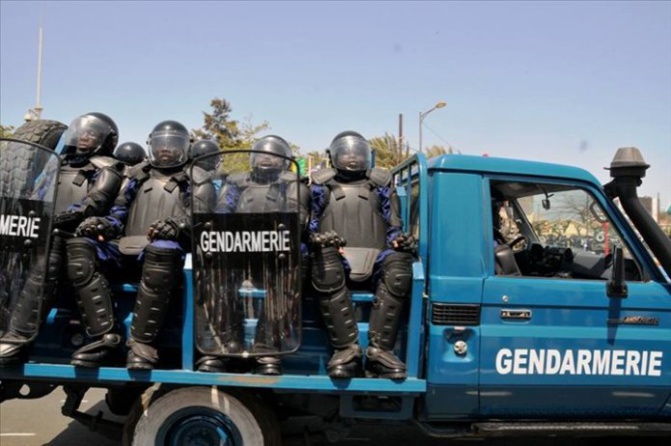Boris Vannière a invité un jeune chercheur de l'université du Michigan (USA), Benjamin W. Abbott, en post-doctorat à l'université de Rennes, pour un séminaire intitulé, "The biggest terrestrial tipping point or a potential carbon sink ? 124 experts weigh in on the permafrost carbon feedback." Le rendez-vous est prévu à l'heure du café, de 13h à 14h, dans la salle -107M le lundi 21 novembre 2016.
The biggest terrestrial tipping point or a potential carbon sink ? 124 experts weigh in on the permafrost carbon feedback.
Benjamin W. Abbott
Michigan State University, Department of Earth and Environmental Sciences
Université de Rennes 1, OSUR, CNRS, ECOBIO
Abstract
Arctic tundra and boreal forest contain approximately half of all terrestrial organic carbon. As the permafrost region warms, more of this immense carbon pool will be exposed to decomposition, combustion, and hydrologic export. This permafrost carbon feedback has been described as the largest terrestrial feedback to climate change as well as one of the most likely to occur ; however, it is not included in current emissions negotiations and estimates of its strength vary by a factor of thirty. Models predict that some portion of this release will be offset by increased Arctic and boreal biomass, but the lack of robust estimates of net carbon balance increases the risk of further overshooting international emissions targets with serious societal and environmental consequences. Because precise empirical or model-based assessments of the critical factors driving carbon balance are unlikely in the near future, we collected expert judgments from 124 permafrost-region scientists of the response of high-latitude carbon balance to four warming scenarios. Experts provided quantitative estimates of CO2 and CH4 release, change in biomass, wildfire CO2 emissions, and hydrologic carbon flux by 2040, 2100, and 2300. Results suggest that, contrary to current model projections, total permafrost-region biomass could decrease due to water stress and disturbance. Assessments indicate that end-of-the-century organic carbon release from Arctic rivers and collapsing coastlines could increase by 75% while carbon emissions from wildfire could increase four-fold. For the business as usual scenario (RCP8.5), experts hypothesized that the permafrost zone could emit 14 to 40% of the carbon necessary to push the climate system beyond the 2C threshold by the end of the century (140 to 240 Gt CO2 equivalent) with cumulative net emissions reaching 320 to 510 Gt by 2300. However, because lower warming scenarios resulted in less carbon release from soils and more carbon uptake by Arctic and boreal biomass, results suggest that 65 to 85% of permafrost carbon release can still be avoided if human emissions are rapidly reduced.
Abbott B. W. et al. (2016), Biomass offsets little or none of permafrost carbon release from soils, streams, and wildfire. An expert elicitation. Environmental Research Letters, 034014.

















